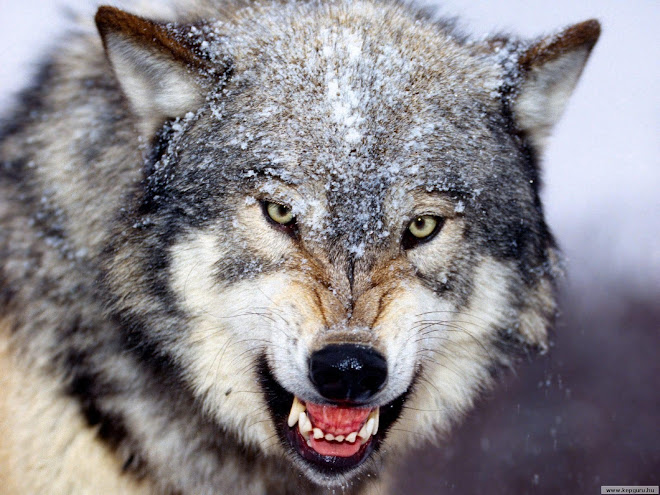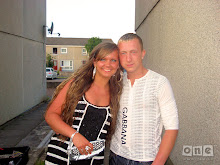
The city of Jūrmala actually consists of a string of small resorts. From west to east, these include Ķemeri, Jaunķemeri, Sloka, Kauguri, Vaivari, Asari, Melluži, Pumpuri, Jaundubulti, Dubulti, Majori, Dzintari, Bulduri and Lielupe.
The area now comprising the city of Jūrmala was formerly part of Riga, known as Rīgas Jūrmala. Some parts of the area, like Sloka and Ķemeri, have been known as health resorts for centuries. Jūrmala was once known in German as Riga-Strand, or "Beach of Riga".
Jūrmala's reputation as a spa destination began in the late 1700s and early 1800s. Wealthy landowners began the tradition of relaxing at the seaside, and Russian army officers came here to rest after the Napoleonic Wars, returning later with their families. The peak of the Jūrmala area's development was the opening of the Riga - Tukums railway in 1877 (which still passes through Jūrmala) that gave a great boost to the numbers of visitors, and thus a boost to the development of the town as a resort. Jūrmala also gained a reputation as a health spa. The sea breeze, pine aroma, mineral springs, and sandy beach encouraged many sanatoriums to develop within the city.
In Soviet times Jūrmala was popular with the Communist officials because of its beach and sanatoriums - holidays were also given as rewards for top union members. It became one of the most popular holiday directions in the whole Union. The spas offered facilities from mud baths to riding therapy and hiking in the woods. In summer there are many concerts.
Jūrmala gained official status as a city in 1959. The railway line became electrified and today it features the most regular train service in Latvia.
Whereas Riga has advanced rapidly to embrace and cater for growing numbers of Western tourists, Jūrmala has lagged behind. Russians are now subject to strict visa requirements and its beaches have yet to attract significant numbers of Europeans leaving the tourist industry with a hard task on its hands. However, during the past few years, Jūrmala has started to recover. Many Russian celebrities, successful businessmen and others have been buying houses near the beach, and lots of different festivals and other activities have brought more and more people to the town each summer. At the moment, Jūrmala has almost achieved the popularity that it experienced by the Soviet elite.
 House in Jurmala
House in Jurmala
The main beach at Majori and another at Bulduri now bear blue eco-flags signaling their safety to swim in, and the Latvian Academy of Science boasts a hotel for its members in the town. There is also the Midsummer Festival in June, celebrating the longest day of the year. The 'Jaunais Vilnis' New Wave (competition) music festival showcases the latest music from all over Europe. The Lonely Planet guide to the region states that it is one of the highlights of Latvia
The area now comprising the city of Jūrmala was formerly part of Riga, known as Rīgas Jūrmala. Some parts of the area, like Sloka and Ķemeri, have been known as health resorts for centuries. Jūrmala was once known in German as Riga-Strand, or "Beach of Riga".
Jūrmala's reputation as a spa destination began in the late 1700s and early 1800s. Wealthy landowners began the tradition of relaxing at the seaside, and Russian army officers came here to rest after the Napoleonic Wars, returning later with their families. The peak of the Jūrmala area's development was the opening of the Riga - Tukums railway in 1877 (which still passes through Jūrmala) that gave a great boost to the numbers of visitors, and thus a boost to the development of the town as a resort. Jūrmala also gained a reputation as a health spa. The sea breeze, pine aroma, mineral springs, and sandy beach encouraged many sanatoriums to develop within the city.
In Soviet times Jūrmala was popular with the Communist officials because of its beach and sanatoriums - holidays were also given as rewards for top union members. It became one of the most popular holiday directions in the whole Union. The spas offered facilities from mud baths to riding therapy and hiking in the woods. In summer there are many concerts.
Jūrmala gained official status as a city in 1959. The railway line became electrified and today it features the most regular train service in Latvia.
Whereas Riga has advanced rapidly to embrace and cater for growing numbers of Western tourists, Jūrmala has lagged behind. Russians are now subject to strict visa requirements and its beaches have yet to attract significant numbers of Europeans leaving the tourist industry with a hard task on its hands. However, during the past few years, Jūrmala has started to recover. Many Russian celebrities, successful businessmen and others have been buying houses near the beach, and lots of different festivals and other activities have brought more and more people to the town each summer. At the moment, Jūrmala has almost achieved the popularity that it experienced by the Soviet elite.
 House in Jurmala
House in JurmalaThe main beach at Majori and another at Bulduri now bear blue eco-flags signaling their safety to swim in, and the Latvian Academy of Science boasts a hotel for its members in the town. There is also the Midsummer Festival in June, celebrating the longest day of the year. The 'Jaunais Vilnis' New Wave (competition) music festival showcases the latest music from all over Europe. The Lonely Planet guide to the region states that it is one of the highlights of Latvia


No comments:
Post a Comment